Ballet Attitude – How to Perfect Your Technique
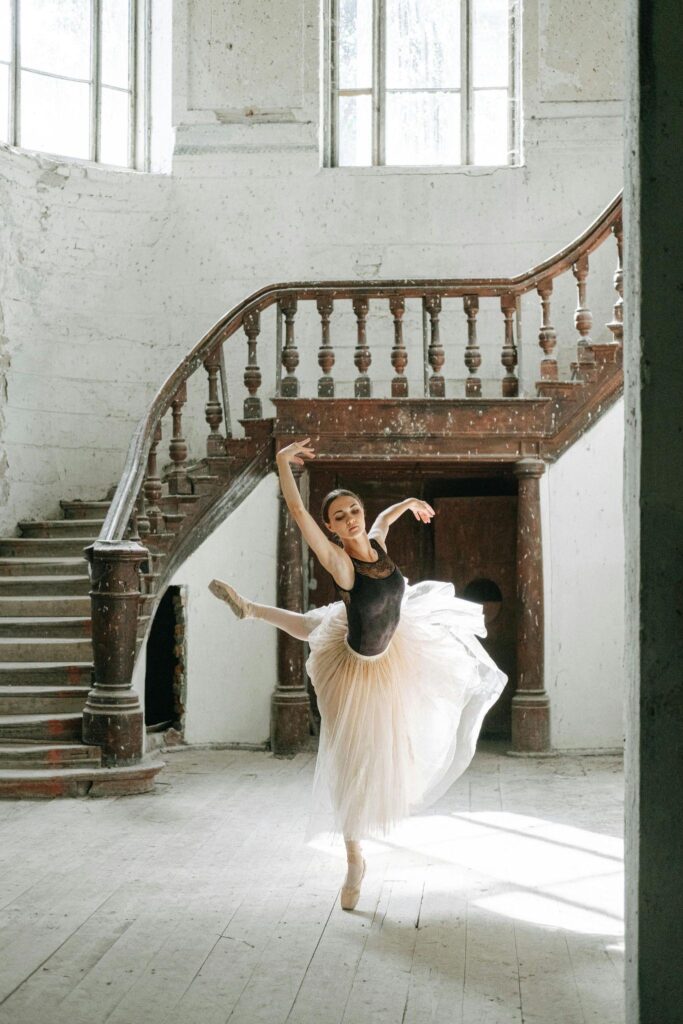
If you’ve followed my blog on mastering your arabesque, it’s time to perfect your ballet attitude.
By this point, we should have developed an understanding of the flexibility and strength needed in our bodies, allowing us to focus on the specific details required to execute a ballet attitude beautifully.
In addition to strength and flexibility, it’s crucial to have a heightened awareness of lifting out of our hips and maintaining rotation to achieve the most exquisite attitude position.
This combination of physical readiness and technical precision will enhance the overall quality and precision of the attitude movement.
Plus, it will give you the necessary tools to be able to further your attitude position with more complex movements.
In this blog post, I’ll provide you with beginner and professional tips to master your ballet attitude technique.
WHAT IS A BALLET ATTITUDE?
A Ballet Attitude is a position in which the dancer balances on one leg while the working leg is extended either to the front or back in a slightly bent position.
It is a fundamental ballet position similar to a ballet arabesque but with a distinct difference in the placement of the working leg.
It also requires much more attention to detail in terms of alignment and technique.
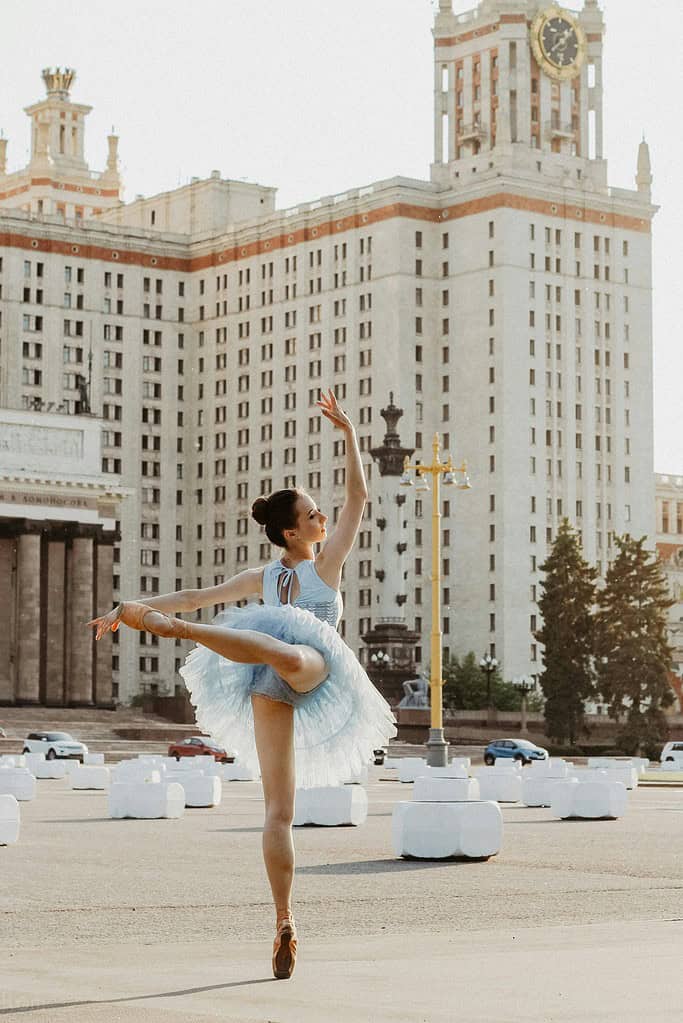
FRONT ATTITUDE
A ballet attitude can be performed at the front or in devant.
This is where the working leg is slightly bent with the knee lifted, the heel pointing upward, and the toes pointed downward.
This elegant position is commonly featured in ballets like Don Quixote.
BACK ATTITUDE
A ballet attitude derrière involves extending the leg to the back in a lifted position with the knee slightly bent.
The knee is lifted with the lower part of the leg extending upward, finished with beautifully stretched toes.
Attitude derrière serves as the foundation for more complex movements such as attitude promenades and attitude pirouettes.
COMMON BALLET ATTITUDE MISTAKES
Here are three common ballet attitude mistakes that can be easily avoided with practice and precision.
LETTING THE WORKING LEG COME OUT TO THE SIDE
The first common mistake seen in a ballet attitude is when the lifted leg deviates to the side instead of remaining square behind the upper body and arms.
This misalignment:
DROPPED KNEE AND TURNED IN LEG
The second common mistake in a ballet attitude is a dropped knee, which causes the extended leg to turn inward.
This issue typically occurs when the attitude leg is lifted from the foot rather than initiating the movement from the knee.
This makes turn out near impossible (as your hips are rotated inwards), and detracts from the ideal aesthetics of the position.
This mistake results in:
SITTING IN THE SUPPORTING LEG
The third common mistake in a ballet attitude is when dancers sit into the supporting leg instead of lifting up and out.
The tendency to sit or ‘pop back’ shifts the weight towards the heel.
This makes balance challenging and creates a downward, compressed sensation rather than the desired elongated and lifted position.
Conversely, the sensation of pulling up (when dancers lift up and out):
BALLET ATTITUDE TIPS FOR BEGINNER DANCERS
Here are three tips for beginner dancers to incorporate into your daily practice to achieve a correct ballet attitude technique.
TIP 1 – SQUARE HIPS
Keeping the hips squared in ballet means maintaining level hips without unnecessary or excessive lifting on one side.
While lifting one side of your hip may seem like it increases the height of the attitude, it actually:
Maintaining squared hips is crucial for executing attitude pirouettes effectively.
These turns require perfect levelness and symmetry in the hips to achieve proper alignment and balance throughout the rotation.
RECOMMENDATION
Align your hips by visualising them as a level platform. This should prevent any lifting or tilting of one hip higher than the other.
Imagine lifting up on both sides of the hip to maintain a neutral position.
When extending the working leg into attitude, continue to maintain this level and lifted feeling in your hips.
Use mirrors to provide feedback, and check your alignment from various angles to keep your hips squared and level.
TIP 2 – ARMS AND LEGS IN OPPOSITION
In ballet, the emphasis is often towards the lower body, yet mastering an attitude demands attention to both the standing and working leg, as well as the upper body.
A well-maintained port de bras, supported from the back with the energy reaching to the fingertips, enhances the sense of length and poise in your final position.
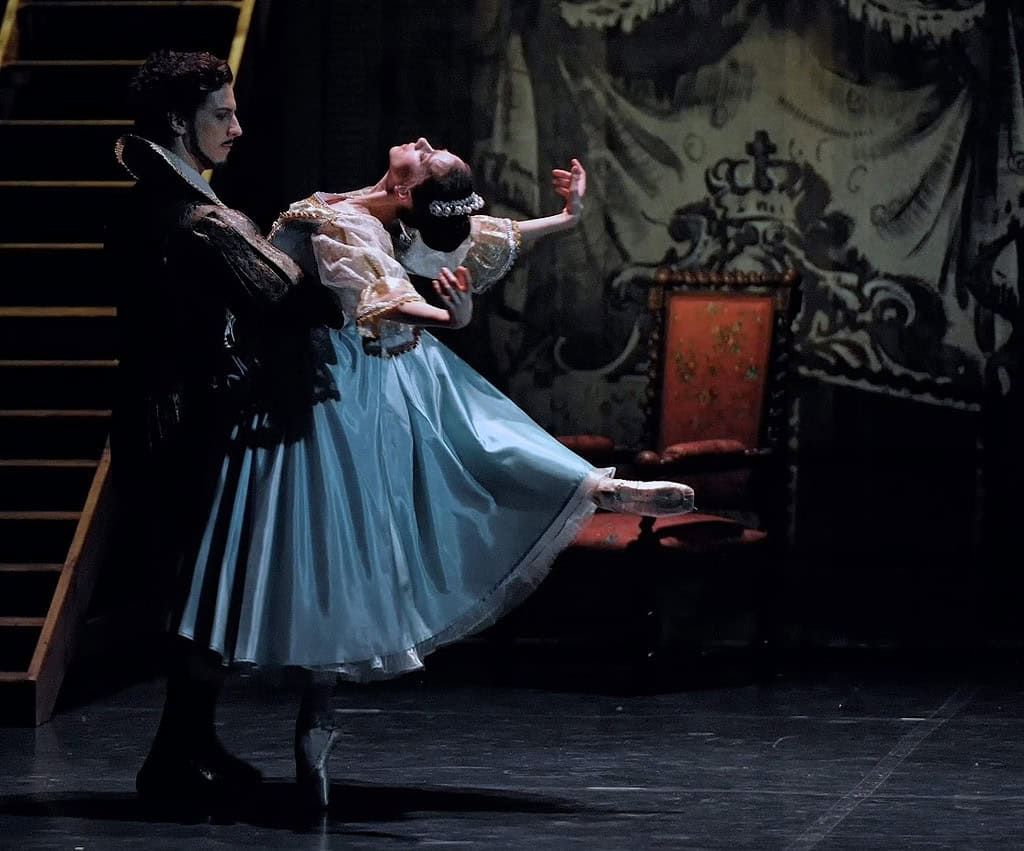
RECOMMENDATION
To work the legs and arms together, consider each side of the body pulling in opposite directions.
It may help to visualise your torso as a cross, with your arms and the legs forming the points of the cross.
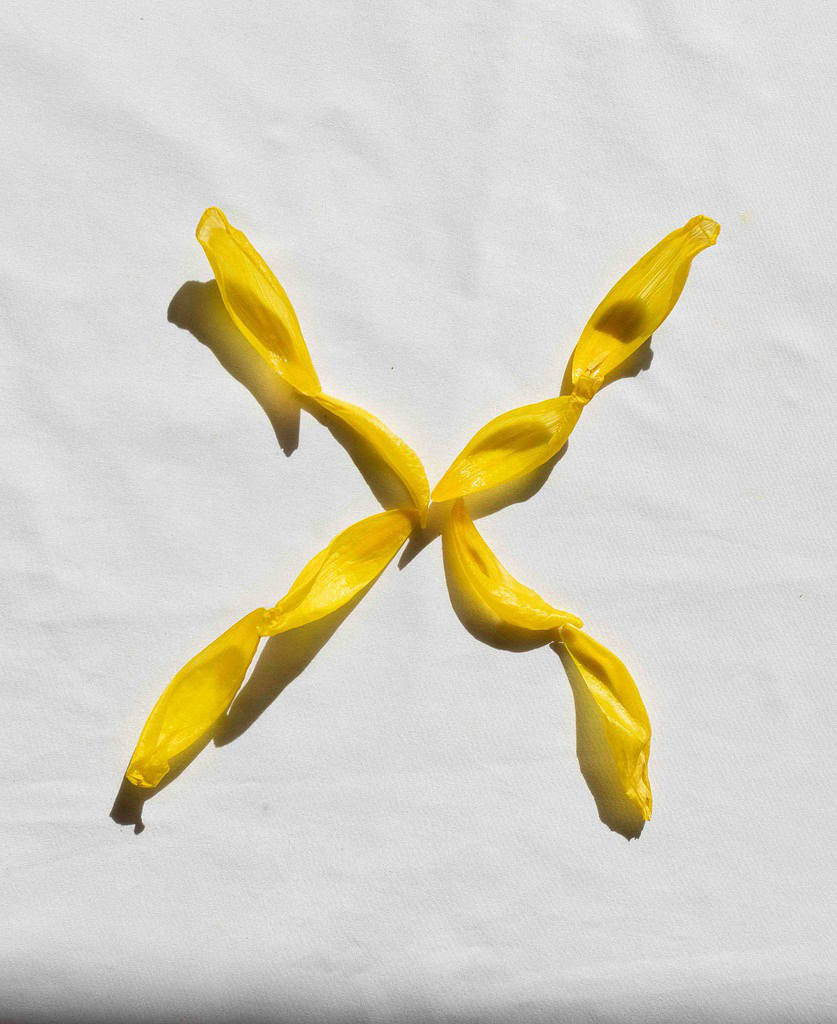
This method should:
TIP 3 – FIND THE RIGHT LENGTH OF YOUR ATTITUDE
The ideal length of your working leg in attitude position can vary depending on the specific context of your movement.
For static positions, such as holding an attitude pose, it’s generally preferred to have the extended leg slightly longer (less bent) to create a beautiful, elongated line.
In contrast, situations like the Rose Adagio, involving a series of promenades in attitude with balance, it’s common to have a slightly shorter working leg to aid stability and control during the rotations.
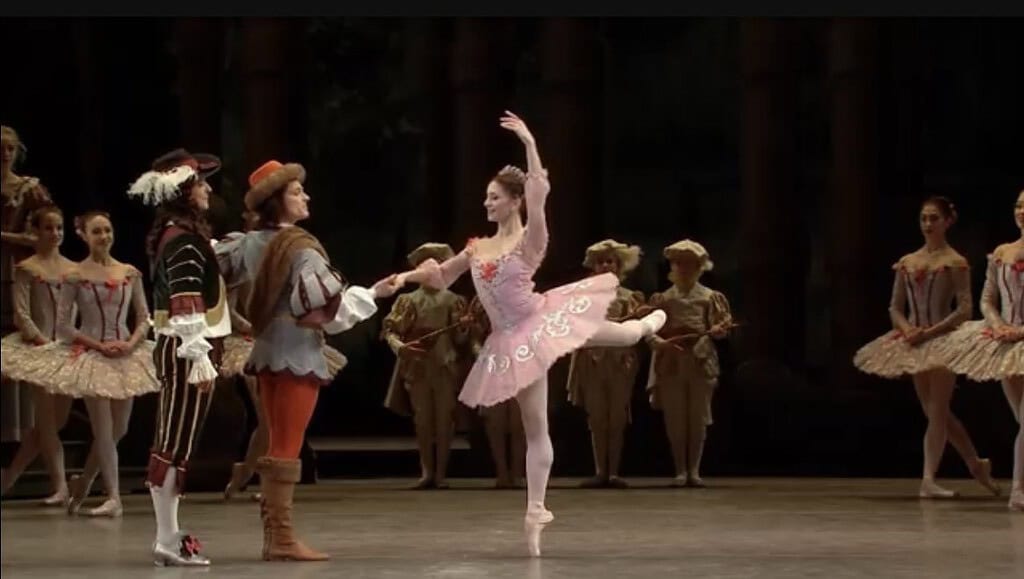
However, it’s important to keep the knee lifted and nicely turned out regardless of the leg length.
Similarly, for attitude pirouettes where balance and turning efficiency are crucial, having a shorter attitude leg closer to the centre of balance can be beneficial for multiple rotations.
RECOMMENDATION
To discover what works best for you in different attitude movements, experiment with varying lengths and working leg heights.
Try to keep focused to maintain control and technique.
Self-practice and experimentation can be invaluable for learning in ballet. Listening to your body and making adjustments accordingly is a powerful tool for improvement.
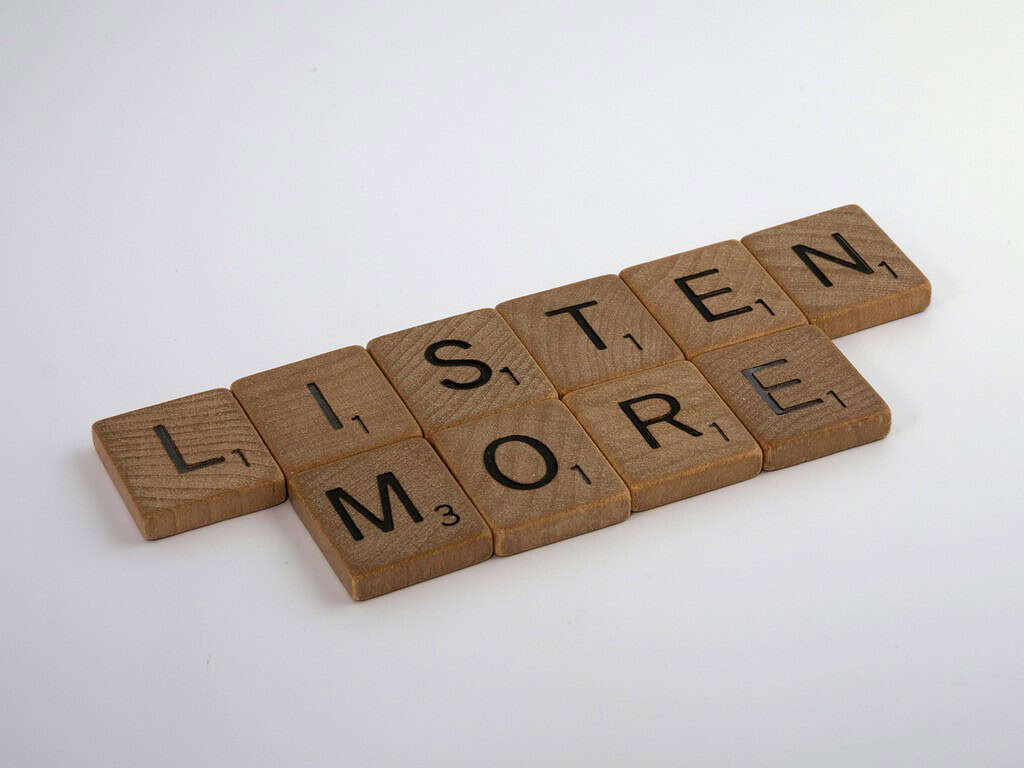
When the leg is slightly higher, there is a natural tendency for the body to shift forward, emphasising the importance of maintaining lift in the supporting leg and upper back.
Conversely, if the leg is kept a bit shorter, achieving square hips becomes easier, but always prioritise proper alignment and good turnout regardless of leg height.
Remember that height will naturally increase over time as your muscles strengthen, but never sacrifice proper technique for height alone.
BALLET ATTITUDE TIPS FOR ADVANCED DANCERS
Here are three tips for advanced dancers, that build on the basic principles of a ballet attitude, that can be incorporated into your daily practise to perfect this movement further.
TIP 1 – MAINTAIN LENGTH IN THE WORKING SIDE
Do you find that your body tends to dip to one side, particularly when lifting the working leg?
This is a common issue that can be corrected with proper awareness and technique.
When you notice bending or dipping to one side, this often indicates that the abdominal muscles, especially the obliques, are not engaged properly.
This lack of engagement can cause your body to lean or sway to one side, making it challenging to hold a perfect attitude position.
RECOMMENDATION
Pay special attention to your working side, as it requires additional support.
Visualise pulling up from the side of your body and use your arms as a frame to maintain stability and alignment.
Sometimes, simply focusing on the feeling or intention isn’t enough if the muscles are not adequately developed.
If you’re struggling to keep your working side lifted, try and dedicate extra time to strengthening your obliques.
Incorporate Pilates exercises like bicycle crunches and side planks (or side plank hip dips for an added challenge) to build strength.
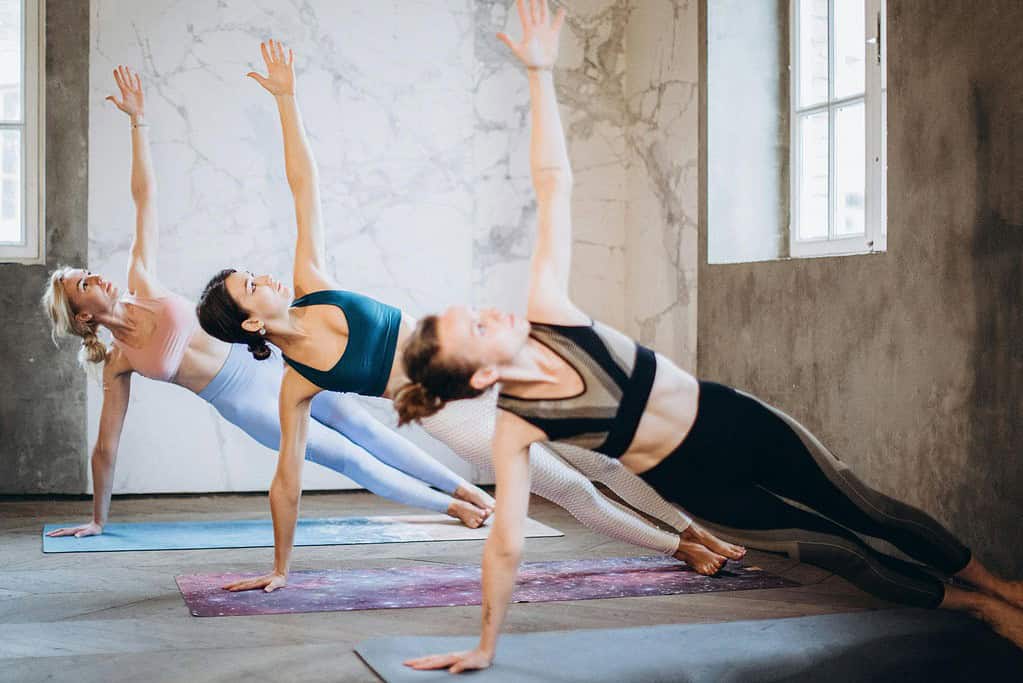
TIP 2 – FIND YOUR ROTATION
Maintaining turnout is a fundamental requirement in classical ballet and is essential for achieving a beautiful attitude position.
To avoid your hips from rotating inward, imagine your legs extending directly from the hip sockets in a rotated position.
When extending your leg into attitude, initiate the movement by lifting from the knee (this is very important), and finish the extension of your legs with pointed toes.
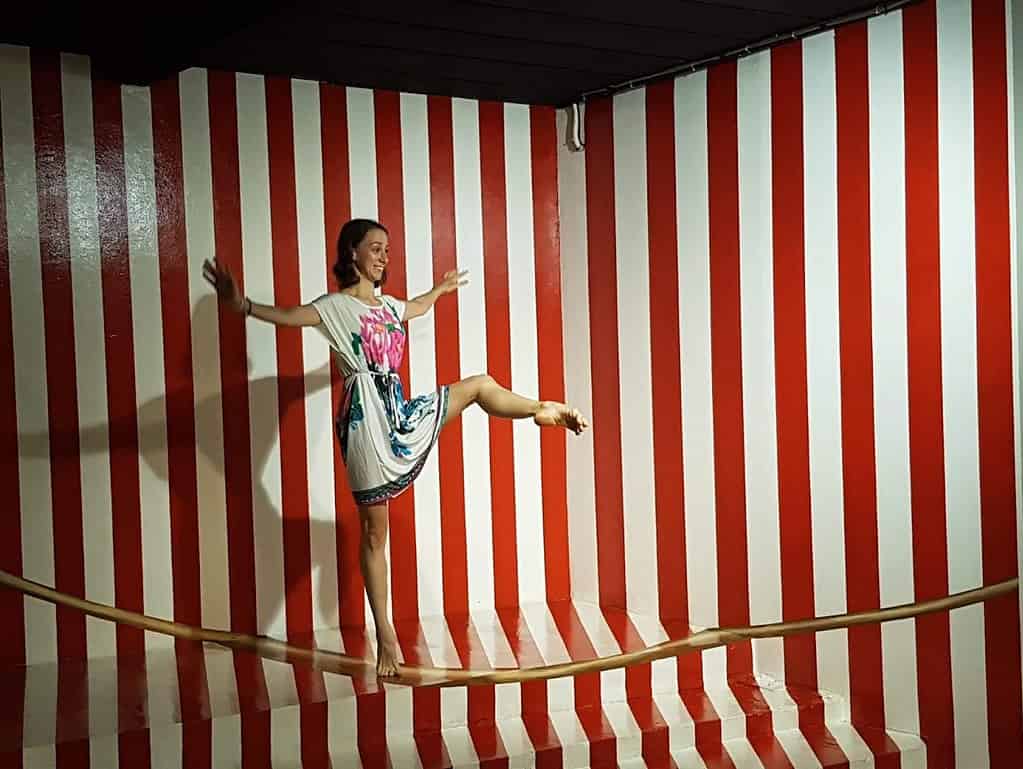
RECOMMENDATION
A helpful tip, especially for attitude devant (where the leg is extended to the front in a bent position), is to imagine balancing a teacup on your heel with your toes pointed downwards.
This visualisation can assist in maintaining rotation and achieving a beautifully turned-out position.
You can even use a real mug to experiment with this imagery during your practice (just make sure it’s empty!).

This simple technique can enhance your awareness of leg rotation and contribute to a more aesthetically pleasing attitude position in ballet.
TIP 3 – PULLED UP SENSATION
Maintaining a sense of being pulled up and elongated is crucial in an attitude position.
This feeling not only enhances freedom in your movement but also makes rising onto demi pointe significantly easier when your body is properly engaged.
RECOMMENDATION
To achieve the sensation of being pulled up, I always start in a retire or passe position.
From there,
This process may take time and practice, but once you’ve mastered it, you’ll have the foundation for a beautiful attitude that lasts.
WRAP UP
Mastering these essential fundamentals in an attitude position will open doors and pave the way for more challenging ballet steps and pirouettes.
Sometimes, it’s necessary to revisit the basics and ensure they are thoroughly understood before progressing further.
When your body is trained with proper technique and control from the outset, you can dedicate more time to refining other aspects of your dance.
It’s like the age-old saying: practice makes perfect.
Try the tips out and see for yourself.






